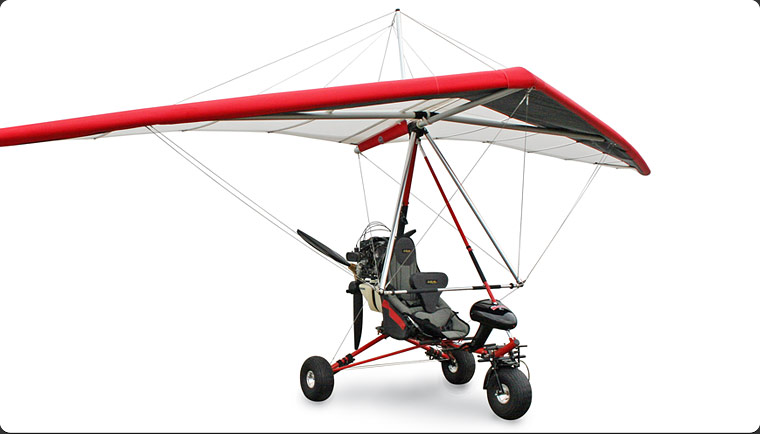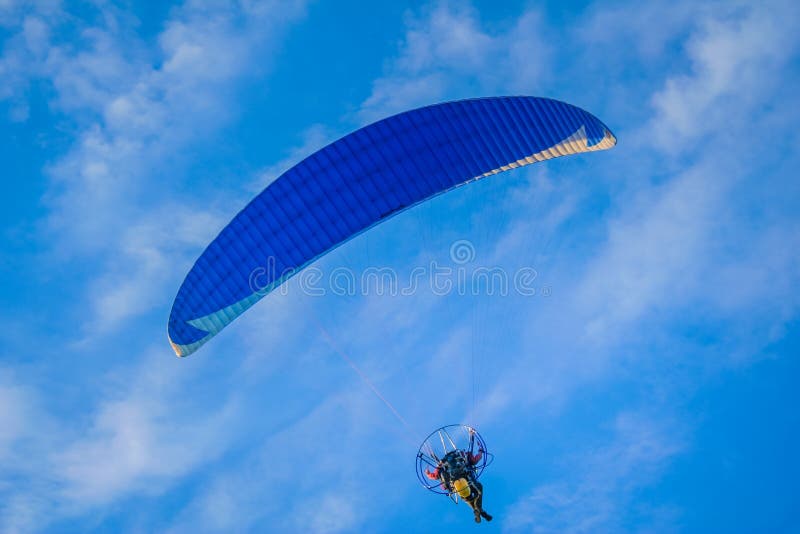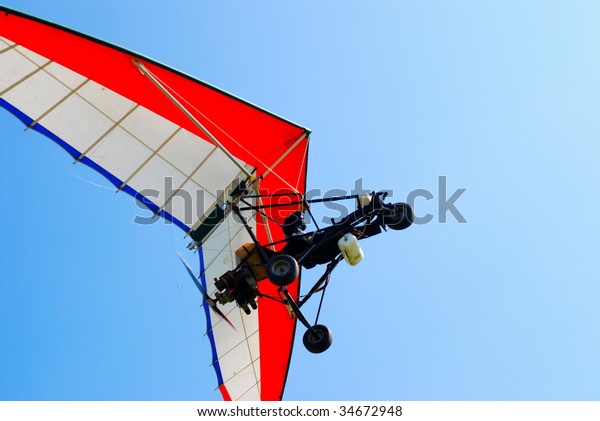

The company claims that you can fit or remove the electro-drive motor in 5 minutes without tools. There are two different bungee lengths, and the bungee catapult is possible from a shallow or a steep slope. The flight controls are operational and used during the launch.” Bungee Launch The hands bear no load, the machine is not in ground contact. The company says, “with suitable slope and appropriate training, it is possible to launch in windless conditions. The lift off speed on a foot launch from a slope is the same as for a hang glider. The Archaeopteryx has many different launch methods: Foot Launch The whole aircraft system with pilot descends on the parachute. The pilot is connected to the aircraft and the rescue system at all times, by his safety harness. SafetyĪs an additional safety feature the Archaeopteryx has a specifically developed rocket driven rescue system. The cockpit – can stay open or enclosed as preferred – is comfortable even for long flights. They add that its good gliding and climb performance enables cross-country flights even when there are only light updraughts. The company says it has well behaved flight characteristics and outstanding climbing ability in updraughts. The Archaeopteryx has conventional sailplane controls, minimum weight, simple rigging, and very low minimum speed. Electric propulsion was introduced in 2014 to allow self-launching, and the first delivery for Archaeopteryx Electro was made.First delivery for Archaeopteryx Glider was made in 2010.The production prototype design was started in 2006.The project was accepted by the Federal Office of Civil Aviation, FOCA in 2002.The maiden flight of the initial prototype was in 2001.It is also recommended to replace your gear if you have been using it actively for 8 to 10 years as it would have been subjected to the damages caused by ultraviolet light. There are cheaper options like off-brand or secondhand set, but if your life depends on it, it’s better to splurge a little to make sure that the quality is great. How Much Does a Motorized Hang Glider Cost?Ī complete set of brand-new motorized hang glider with the inclusion of a helmet, harness, and reserve parachute can cost you around 5,000 to 6,000 dollars.
#MOTORIZED HANG GLIDER PRICE LICENSE#
To be sure that you are following the law with regard to securing a license or a permit, it is highly suggested to talk to the local authority just so everything is covered legally. In some countries, like India, powered hang gliders are meant to be flown by licensed pilots only. The United States Hang Gliding and Paragliding Association (USHPA), the body overseeing that aviation sports are being managed safely, do tie-ups with flying clubs to ensure that there is liability insurance coverage for members. The answer depends on where you are in the world and where you want to fly your powered hang glider in.įor instance, in the United States, it is not required to get a license to operate a hang glider. Do You Need a License to Fly a Powered Hang Glider?

Hang gliding can be extremely dangerous if pursued carelessly. In this sport, you are always as safe as you want yourself to be. Whether you are using regular hang gliders or powered ones, the nature of the sport has always been high-risk. For one, you can just launch from any flat surface while you would need to take off from a slope when you are using a traditional hang glider.Īside from that, powered hang gliders offer more freedom while you are flying since there is an added factor of the motor that keeps you flying and not just the air currents.

It’s been said that powered hang gliders are safer than regular traditional hang gliders. However, in the case of the powered hang glider, if you pump additional power on your engine, it will only increase your height and not your speed. People assume that the engine of hang gliders acts the same as that of a car and gaining speed means pushing on the accelerator. On the other hand, if you have wings with about 70 to 80 percent double surface, your cruise speed can go as high as 70 to 80 kmph. Generally, a wing with a 30 percent double surface can fly as fast as 50 to 60 kilometers per hour (kmph). The rule of thumb is, the wing is faster if the extent of the double surface of the wing is larger. The speed at which a powered hang glider fly depends on several factors including the surface of the wings and the power of the engine.


 0 kommentar(er)
0 kommentar(er)
